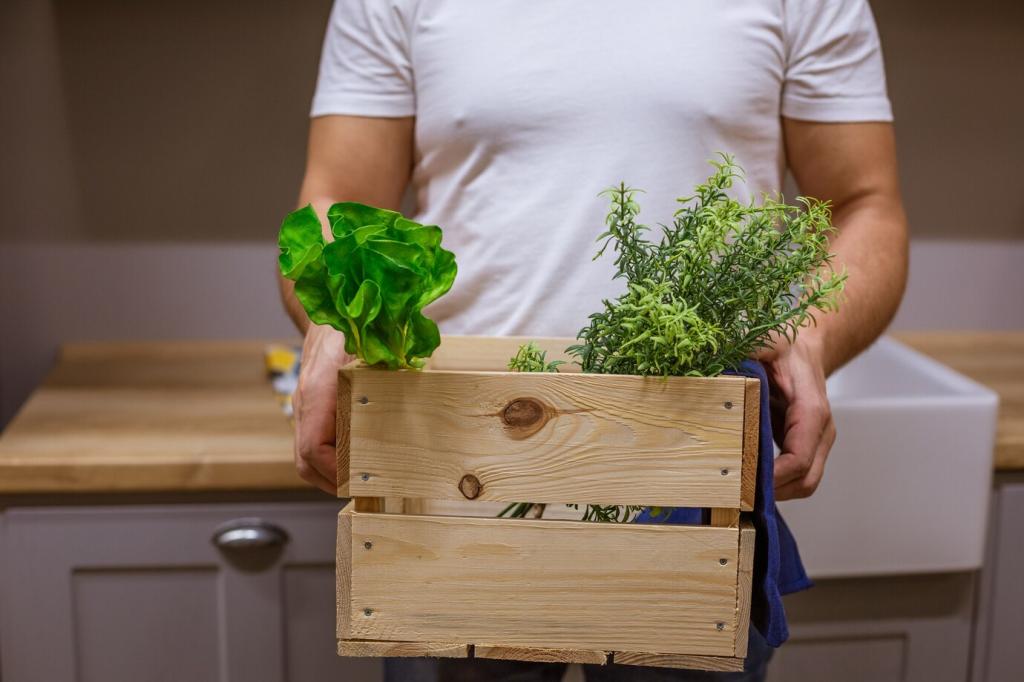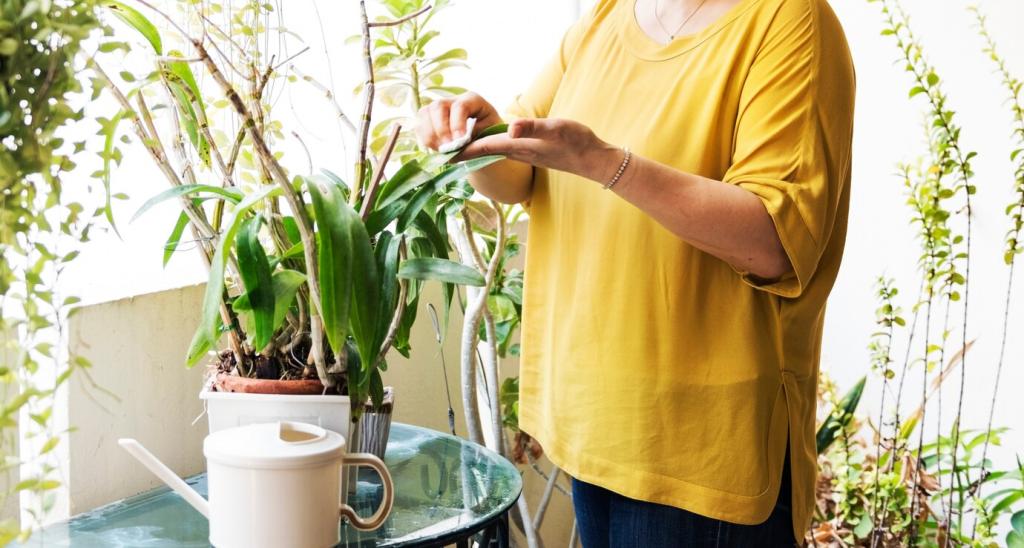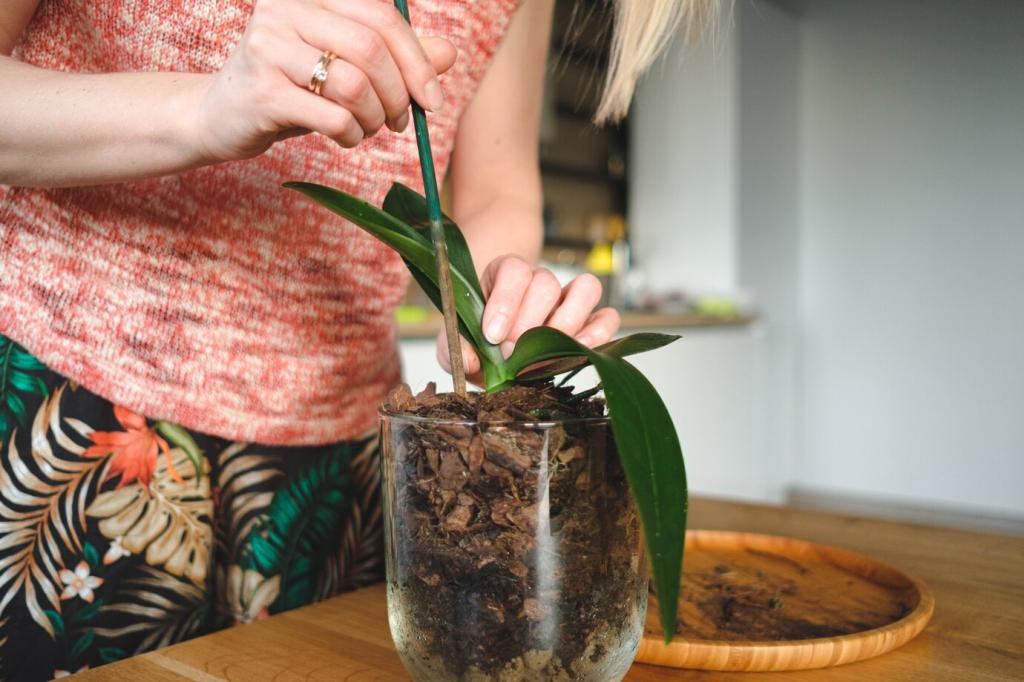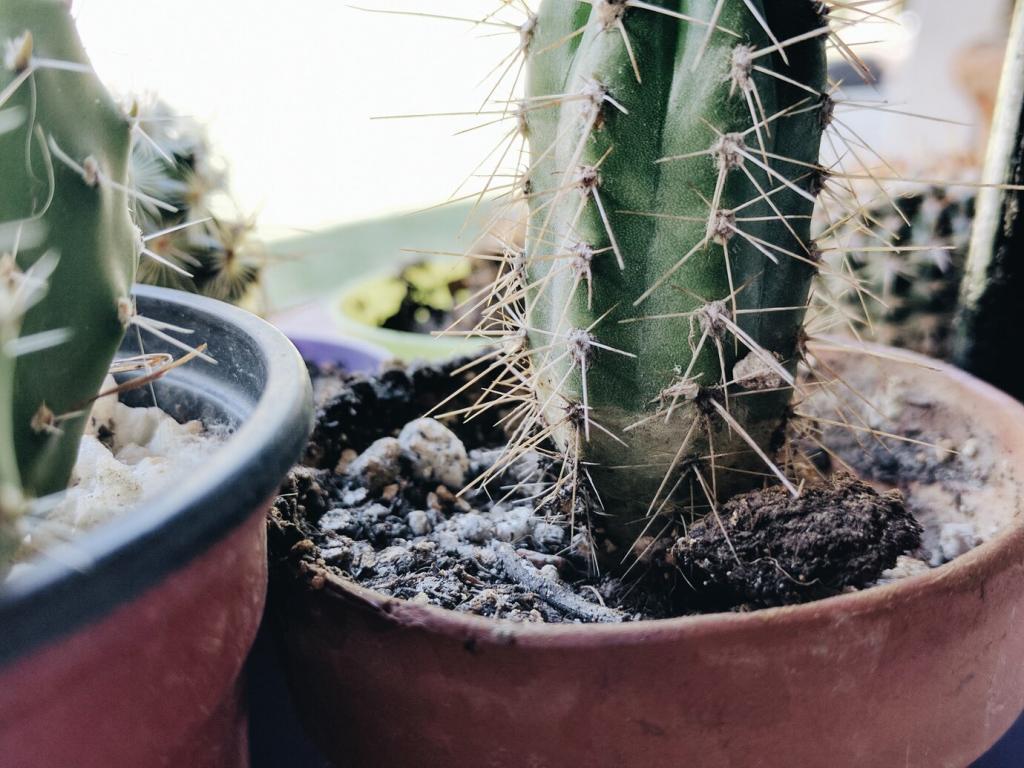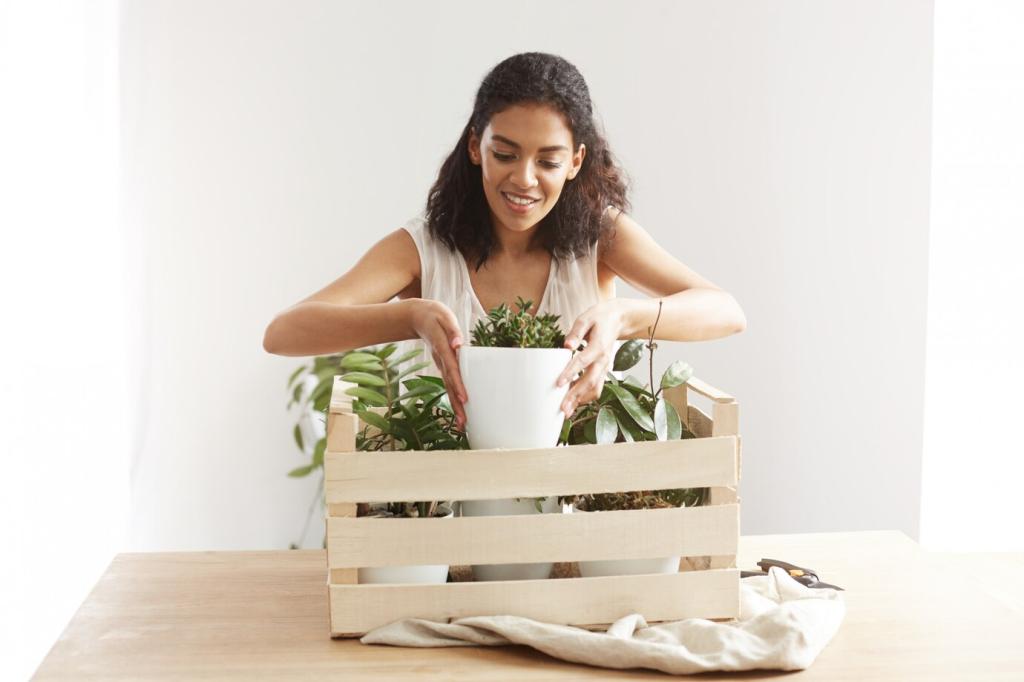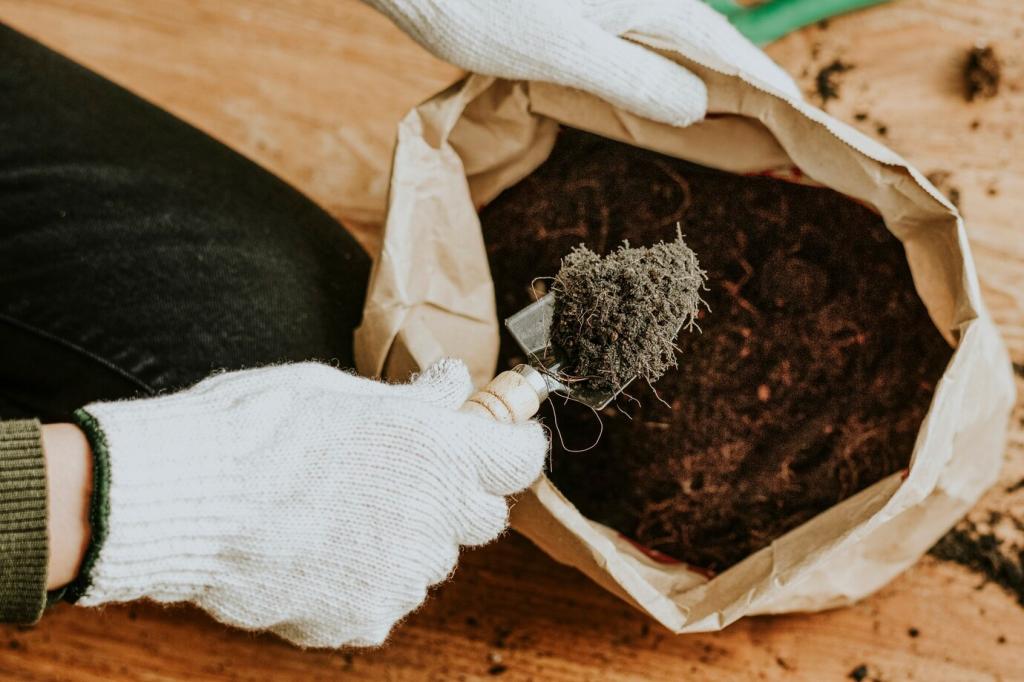Odor Control, Pests, and Neighbor-Friendly Practices
Balance kitchen greens like fruit peels and coffee grounds with browns such as shredded cardboard. Add a handful of dry browns after each deposit, keep materials moist like a wrung sponge, and mix occasionally. This balance keeps odors down and decomposition steady.
Odor Control, Pests, and Neighbor-Friendly Practices
Choose sealed, aerated bins, compact tumblers, or a tidy worm box. Fit a breathable lid, add a fine insect mesh, and avoid overloading with wet scraps. These choices prevent fruit flies, keep smells minimal, and maintain a neat balcony aesthetic.

